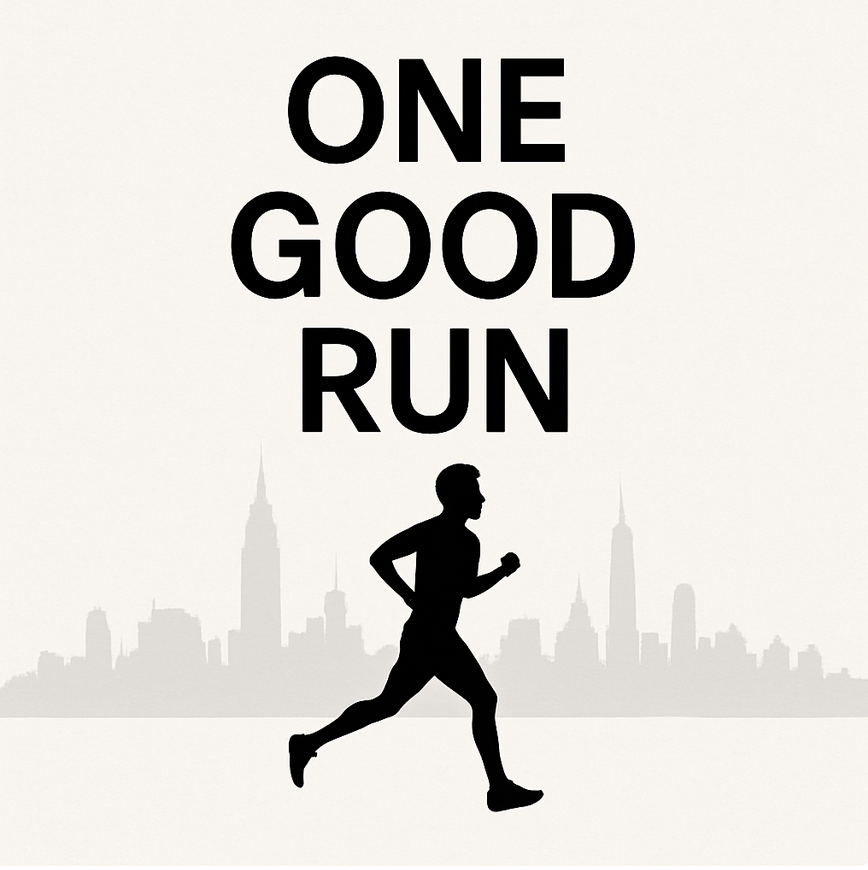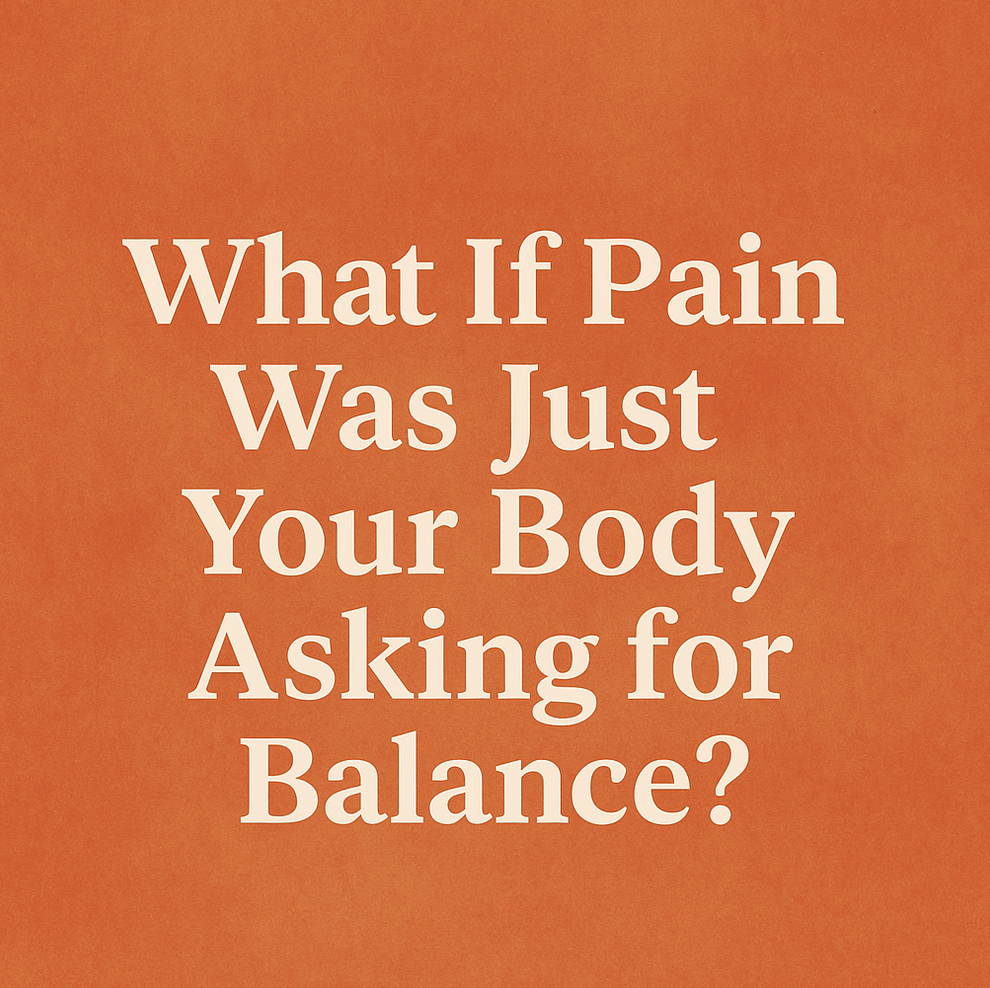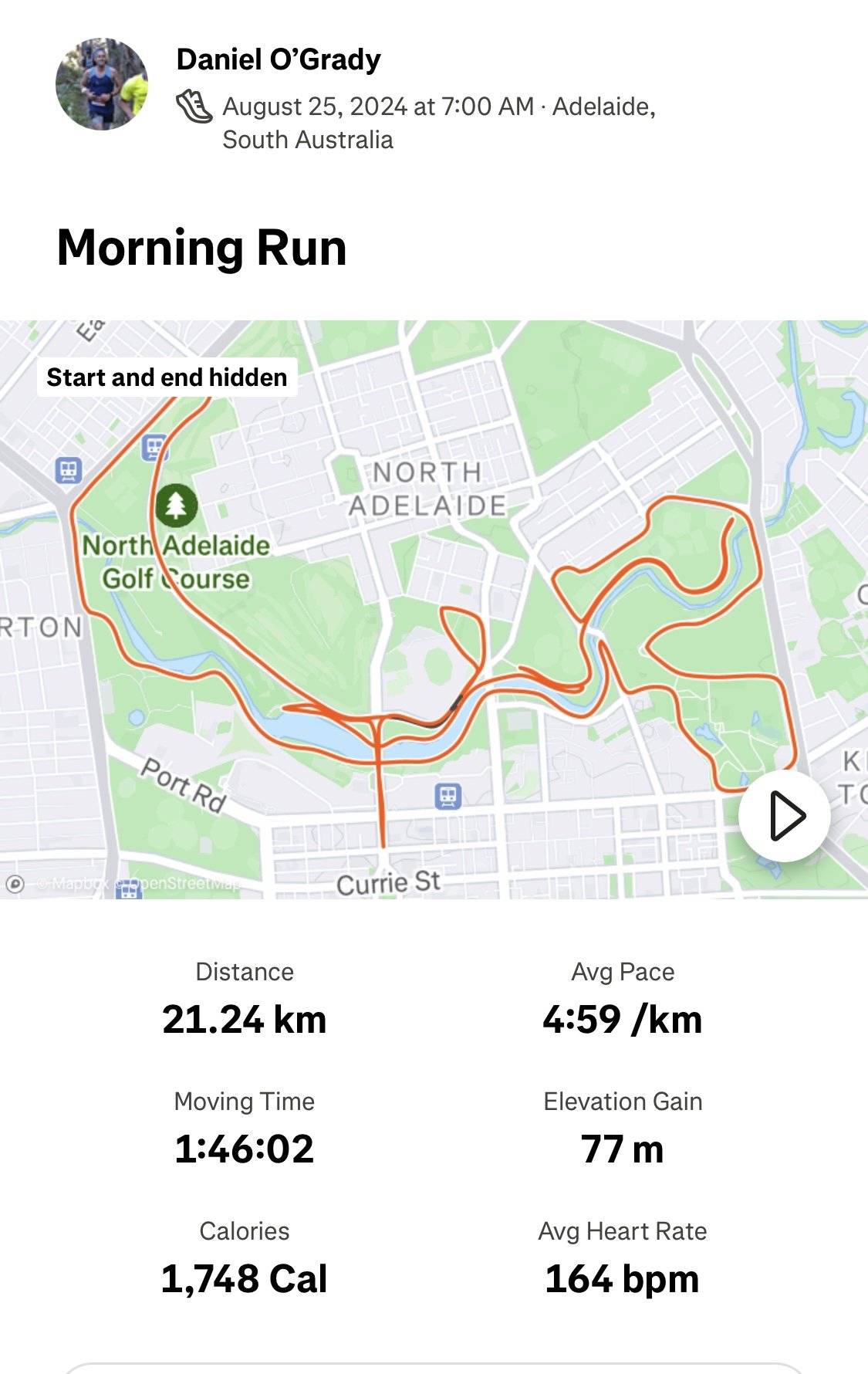Get To Know Your Muscles: Upper Trapezius
Upper trapezius trigger points are the primary muscles responsible for neck pain and headaches. The upper traps are also the most reactive muscles in your body to emotional stress.
This blog post discusses:
how the traps gets overloaded
symptoms of an overloaded upper traps
self-care tips
how Physio can help
QUICK ANATOMY REVIEW:
The traps is the most superficial muscle of the upper back and runs from the base of your skull, along to the tip of your shoulder, all the way down to the middle of your back, (see image below).
FUNCTION OF THE TRAPS:
The trapezius muscle consists of three parts that all have different functions:
upper part helps raise the shoulder
middle fibers retracts the scapula
lower fibers lower the scapula
This blog post will focus on the upper traps.
HOW TRAPS BECOMES OVERLOADED:
The traps can become overloaded from the following situations:
excessive sitting / computer use
whiplash (car accident, falling on your head, or any sudden jerk of the head)
tensing your shoulders
constantly pulling the shoulders down attempting to have a ‘good posture’
carrying small children around a lot
sitting with a chair without armrests, or the armrests are too high
extended car trips
looking down constantly at your phone
any profession or activity that requires you to look down for extended periods (i.e.. dentists/hygienists, architects/draftsmen, and secretaries/computer users)
bra straps that are too tight (either the shoulder straps or the torso strap)
a hand-bag or backpack that is too heavy
anxiety
recent surgery
unresolved emotional trauma e.g. PTSD
SYMPTOMS:
The upper traps has an interesting referral pattern, as shown in red in the diagram below.
The upper traps is often the ‘key’ muscle that can trigger other areas such as jaw pain and headaches.
Symptoms of upper traps over-load include:
severe neck pain
a stiff neck
facial, temple, or jaw pain
pain behind the eye
headaches on the temples / "tension" headaches
dizziness or vertigo (in conjunction with the sternocleidomastoid muscle)
intolerance to weight on your shoulders
sinus pain
TREATMENT APPROACH:
Physiotherapy assessment will involve a comprehensive movement assessment to determine the cause of your traps issue.
Some common manual therapy treatment approaches can include:
joint mobilisation to the neck and upper back
dry needling and massage to the traps to stimulate deep blood flow and release the tightness
addressing any biomechanical issues with stretching, strengthening and foam rolling
SELF-CARE TIPS
avoid extended periods of sitting
Think about ‘time in the posture’ vs trying to find a perfect posture e.g. have a short break every 20 minutes
consider a standing desk
avoid constantly looking down at your phone
apply heat to the traps 10 minutes each day to encourage blood flow
ensure you are getting enough cardio-vascular exercise each day (30 mins minimum)
take regular breaks on long car trips and consider using a pillow or support under your arm to take the strain off the traps
learn to breathe through your diaphragm and manage your stress
Wear bras that fit properly
If you suffer with anxiety, seek help through your GP or a take a free online course
Some of the following exercises you may find useful:
Pecs stretch - feel the stretch at the front of the shoulder and hold 30 secs
Thoracic foam roller - release your upper back with a few rolls up and down
Upper traps stretch - hold gently 10-15 secs
Diaphragm breathing with legs at 90/90 - helps calm your nervous system
Building capacity in the upper body
Constantly focusing on relaxing and releasing the upper traps can be counter-productive because it isn’t always getting to the root cause.
Focusing on the pain and tightness can keep your body stuck in the ‘zone of stress’ (see picture below).
The only way to get better in the long term, is to gradually start building your physical capacity with a personalised program, so you can create a ‘zone of relaxation’ where you have the capacity to handle all of your daily life without the muscles becoming overloaded.
The trick is to build up gradually - step by step. As soon as you push too far you risk re-activating the tightness by over-loading the muscle.
In the beginning it is best to be conservative.
As your work with your body more, you will get to know and respect your bodies limits.
Some of the exercises you could include would be:
push-ups
bicep curls
triceps
bent over row
lat pull downs
core work
increasing cardio fitness
Acknowledging underlying emotional issues in chronic pain
When your neck symptoms are chronic, one of the most concerning things is the ongoing pain, which can sometimes go on for months or years, despite seeing multiple health care practitioners and trying different medications.
Understandably, this can create a lot of fear and anxiety about the underlying cause of the symptoms which can keep you in a state of fight or flight (see picture below).
For some people, when they experience pain or injury it may be associated with anxiety and catastrophizing about the pain, like for example whether or not it will ever go away and if it will get worse if they move too much.
Some people become fearful of exercising and being active (known as ‘fear avoidance behaviour' and 'kinesiophobia') and might rely solely on passive treatment and resting, which can have some adverse effects and may lead to decreased function and a lower load threshold which could result in more pain.
As you can imagine, a downward spiral of fear, lack of movement, weakness and de-conditioning can result (see picture below) and become very difficult to break.
You are not your scan !
Often there have been some scans showing some damage to a structure such as a disc or nerve issue.
Injuries and structural issues certainly do cause pain initially.
Unfortunately, sometimes the patient is not given a broader context in which to interpret the significance of the results.
The body has a tremendous capacity to heal, and generally tissue damage takes no more than six to twelve months to occur.
If you are still getting pain after this time (and you have been thoroughly investigated by your health care team), your pain is more likely to be coming from a sensitized nervous system (see picture below) than an damaged structural fault.
One thing is very clear with the recent research is that you can have structural abnormality and have no pain whatsoever (see picture below).
Degeneration, disc issues and arthritis are very common in asymptomatic individuals (i.e. who have no pain - see picture below).
The ongoing nature of the pain is more often to do with tight muscles with restricted and oxygen blood flow.
Just understanding this process can go along way to resolving your ongoing pain issues, but you will need an experienced GP and Physio to work with to help you diagnose and get you back on the fast track.
Get relief from your neck pain or headaches
We have a special interest in helping people overcome their neck pain / headaches and get back to what they love.
If you think we are the right fit for you and you wish to get relief right away, use our simple online booking system to make an appointment. If you would prefer to speak to us directly, call us 1300 657 813





















